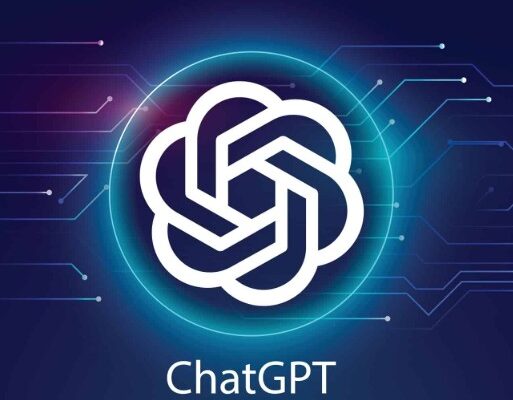Creating a Culture of Team Excellence
In this highly interactive and engaging full-day session, attendees will work collaboratively to determine their shared meaning of a culture of excellence. Furthermore, each individual will be challenged to identify how he/she is “showing up” to be in alignment with that vision, how he/she wants to, and can, contribute to taking the team from good to great, and what mindset shifts need to occur at all levels to reach its greatest potential. Most importantly, participants will complete assessments and exercises to gain self-awareness that will be shared within the team to increase an understanding and appreciation of one another.
Objectives:
- To identify the meaning of a culture of excellence
- To collaboratively create a team definition of excellence and evaluate if and how there is current alignment
- To understand a personal mindset of excellence and how it impacts enduring success
- To identify strategies that leverage a mindset of excellence to produce performance excellence
- To understand the principles of building a high-performance team and identify strategies to achieve one
- To gain awareness of the 3 virtues of being an ideal team player
- To determine one’s standing as an ideal team player and strategies to create balance among the 3 virtues
- To share aspects of themselves with their peers
- To leave with agreed upon goals that leverage strengths, encourage collaboration and incorporate accountability to achieve the highest level of team success
Outcomes:
- An agreed upon meaning and statement of team excellence, as well as tangible actions, decisions and behaviors to ensure alignment
- An awareness of how mindset impacts success and identify the current state of individual and collective mindsets
- Tangible strategies to create and leverage a mindset of excellence
- Increased knowledge and understanding of fellow team members that will positively impact collaboration, engagement and interactions
- An awareness of personal contributions and deterrents to the team’s ability to be highly performing
- A more unified, aligned and motivated team
Assessments and Exercises:
- Best of Me Activity: Participants will complete this prior to the session to identify the circumstances, conditions and environments that bring out the best and worse of the individual, what others can expect from them and how others can help
- Six Basic Human Needs: Participants will complete this assessment prior to training to understand how their top needs impact their behaviors, interactions, decisions and fulfillment.
- The Ideal Team Player Assessment: Participants will complete this during the training to identify their strengths and areas for development as a team player




